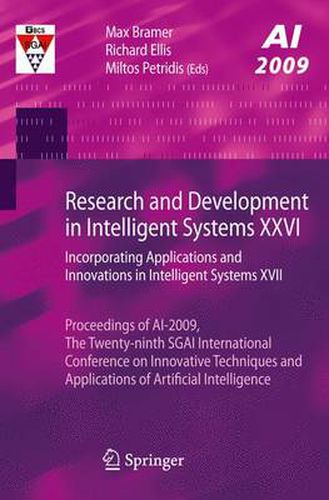Readings Newsletter
Become a Readings Member to make your shopping experience even easier.
Sign in or sign up for free!
You’re not far away from qualifying for FREE standard shipping within Australia
You’ve qualified for FREE standard shipping within Australia
The cart is loading…






This title is printed to order. This book may have been self-published. If so, we cannot guarantee the quality of the content. In the main most books will have gone through the editing process however some may not. We therefore suggest that you be aware of this before ordering this book. If in doubt check either the author or publisher’s details as we are unable to accept any returns unless they are faulty. Please contact us if you have any questions.
The most common document formalisation for text classi?cation is the vector space model founded on the bag of words/phrases representation. The main advantage of the vector space model is that it can readily be employed by classi?cation - gorithms. However, the bag of words/phrases representation is suited to capturing only word/phrase frequency; structural and semantic information is ignored. It has been established that structural information plays an important role in classi?cation accuracy [14]. An alternative to the bag of words/phrases representation is a graph based rep- sentation, which intuitively possesses much more expressive power. However, this representation introduces an additional level of complexity in that the calculation of the similarity between two graphs is signi?cantly more computationally expensive than between two vectors (see for example [16]). Some work (see for example [12]) has been done on hybrid representations to capture both structural elements (- ing the graph model) and signi?cant features using the vector model. However the computational resources required to process this hybrid model are still extensive.
$9.00 standard shipping within Australia
FREE standard shipping within Australia for orders over $100.00
Express & International shipping calculated at checkout
Stock availability can be subject to change without notice. We recommend calling the shop or contacting our online team to check availability of low stock items. Please see our Shopping Online page for more details.
This title is printed to order. This book may have been self-published. If so, we cannot guarantee the quality of the content. In the main most books will have gone through the editing process however some may not. We therefore suggest that you be aware of this before ordering this book. If in doubt check either the author or publisher’s details as we are unable to accept any returns unless they are faulty. Please contact us if you have any questions.
The most common document formalisation for text classi?cation is the vector space model founded on the bag of words/phrases representation. The main advantage of the vector space model is that it can readily be employed by classi?cation - gorithms. However, the bag of words/phrases representation is suited to capturing only word/phrase frequency; structural and semantic information is ignored. It has been established that structural information plays an important role in classi?cation accuracy [14]. An alternative to the bag of words/phrases representation is a graph based rep- sentation, which intuitively possesses much more expressive power. However, this representation introduces an additional level of complexity in that the calculation of the similarity between two graphs is signi?cantly more computationally expensive than between two vectors (see for example [16]). Some work (see for example [12]) has been done on hybrid representations to capture both structural elements (- ing the graph model) and signi?cant features using the vector model. However the computational resources required to process this hybrid model are still extensive.